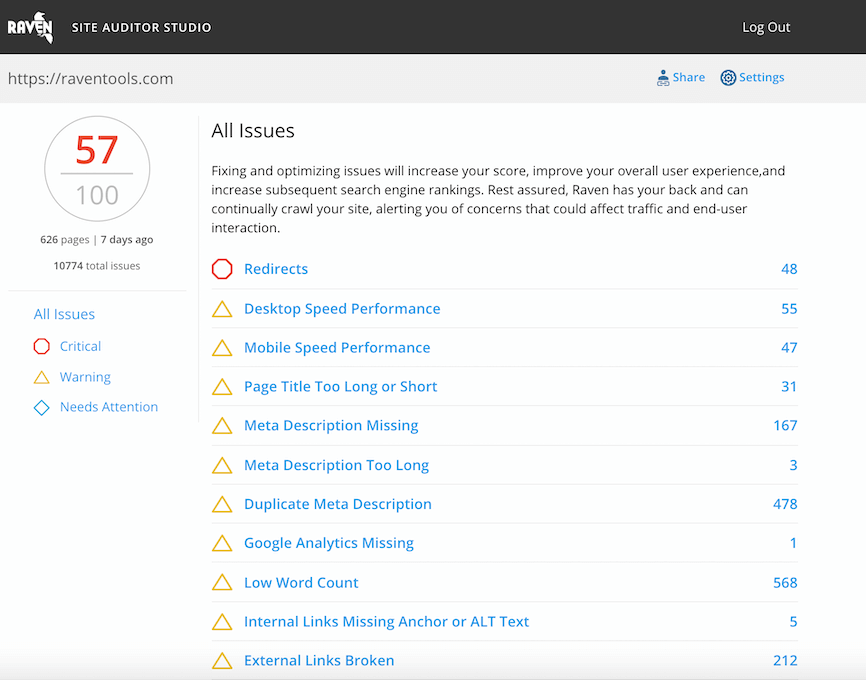Update: November 13, 2018: As SEO evolves, content has become increasingly important, we’ve put together a guide to writing great SEO copywriting to detail some of these newer Google factors.
The world of search is moving quickly, with new advancements seemingly every month. Facebook is including shared content in their search results, Yahoo has begun displaying Bing results, and Google is rolling out real time search. So how can you know where things are headed and what to think about in the future for both your users and search engines? Nashville SEO, Andrew Ansley says “Two words: semantic markup. Schema is the future”
What is semantic markup? To put it simply, it means making data readable by machines in order to serve information to a wider variety of users. And search engines are beginning to make use of developments in semantic markup.
Microformats
Microformats have been leading the way in the semantic markup for a while. A few years back I remember quite a bit of hype about marking up contact information in hCard format, which is an extension of the vCard format that email software like Outlook use.
Microformats are simply a way to structure your data so that machines can understand what types of data they are looking at. In practical terms, it can be used so that search engines can understand the information on your website and display it to their users. The best part about microformats is that they are easy to implement into existing HTML with CSS-like classes.
hReview is the microformat we see most today in the SERPs. Think reviews of restaurants, movies, travel destinations. Yelp and other business review sites have implemented hReview.

For now, search engines are just working on displaying this data in search results, but I would expect down the road some of it may influence ranking for specific types of queries.
HTML5
Another step forward in semantic markup is HTML5. The important thing to know about HTML5 is that it does not replace the HTML 4/XHTML 1 syntax we all know, despise love, and have been building sites with forever – HTML5 expands on and improves previous versions of HTML. And some elements already work in the latest browsers. So what does HTML5 do, and why’s everyone talking about it?
The HTML specification includes more tags for determining the layout of web documents, including <header>, <footer>, <nav>, and others. We’ve already seen that search engines can identify markup that is used site-wide, such as footer links and blogrolls, so this just brings more refinement to that.
What has designers most excited, however, is the new <canvas> tag that is used for drawing and animations. In some cases, this will allow flash to be removed or replaced, which is a good thing for page load times, interoperability between devices (i.e. mobile devices), and indexing previously unavailable content.
A great example of what can be done with HTML5 is the new Arcade Fire video. If you haven’t seen it yet, it will likely blow your mind.

Video
In addition to the markup capabilities in HTML5 for media, you can also inform search engines of exactly where to find your video content with video sitemaps. Video sitemaps have been available for several years, but search engines – and Google in particular – are actively encouraging content creators to generate and submit their sitemaps.
Video has shown to be great for both SEO and users already, but now we can be sure search engines are discovering all our content, whether it is hosted on your website or a service like YouTube.
Earlier this year, YouTube announced it was rolling out auto-captioning of videos to increase the accessibility of the site for hearing impaired users. This has the added benefit of providing a text alternative to search engines, which now have better insight into the subject matter of video content.
The advantage to microformats, HTML5, and the innovations in video is that they can all be implemented into your sites easily and you can do them right now. You’ll make life easier for your users, and maybe even get a head start making your content more available.
Dawn Wentzell is the Senior Account Manager at Outspoken Media, where She specializes in technical SEO and local search. You can follow her on Twitter: @saffyre9

Analyze over 20 different technical SEO issues and create to-do lists for your team while sending error reports to your client.




Dawn, microformats has been a long time love of mine. It’s been exciting watching search engines increase support for it, and webmasters/SEOs include structured code in their HTML.
HTML 5 is another one I’m very excited about. I’m hoping that the new semantic elements (header, nav, section, article) will be fully interpreted and considered by the algos in the future.
Great article. Thx!
Great stuff I agree 100%
It’s like you all where at my presentation at SES SF on Whats next for SEO and news!
@Topher I wish I was, but nope!
Microformats is something I’ve been watching for some time, especially hReview. I feel it would be a great add-on to any review-oriented site.
Here is a great hReview tutorial by Joost de Valk on how it can be implemented in WordPress.
Dan
These are some points on which i need to focus on, thanks,